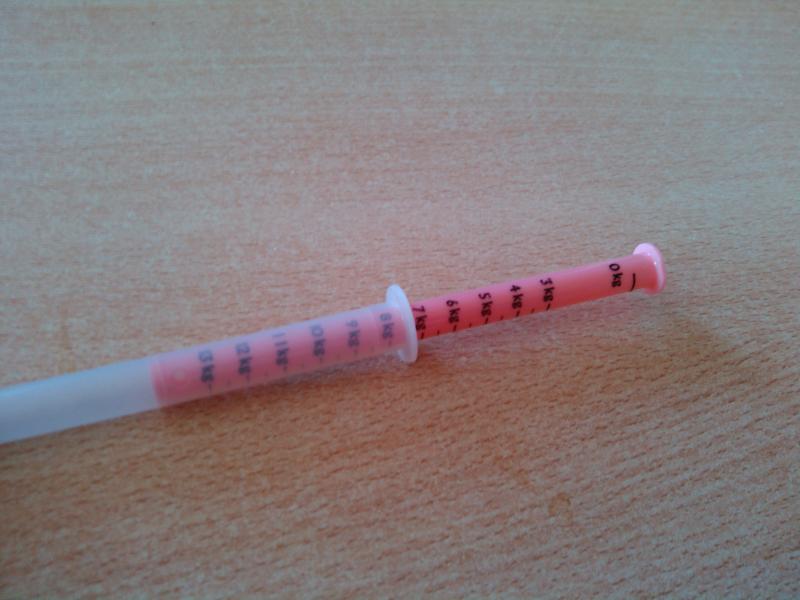Distinction between home insemination and artificial insemination
Distinction between home insemination and artificial insemination
Used in the medical field since the eighteenth century, artificial insemination is the reproduction technique performed by health professionals. Over the past few years, another term has been used to refer to the same fertilization method, but with some nuances: home insemination. How do these two processes work and how can they be differentiated?
Artificial insemination: what is it about?
Artificial insemination refers to a medically assisted reproductive technique, during which previously selected sperm is introduced into the uterus. Depending on the origin of the sperm being used, we can distinguish two categories: AIH (or Artificial Insemination by Husband) and AID (or Artificial Insemination by Donor).
Accompanied by clinicians from the beginning to the end of the process, the inseminated woman follows a treatment intended to increase her chances of success. In fact, prior to the introduction of the sperm, the woman is subjected to a series of hormone injections that optimize the production of multiple oocytes. In addition to the ovum, this treatment consists in the thickening of the endometrium so that it can host the fertilized egg. In this way, the organism is prepared to welcome a new form of life and allow it to develop until it reaches full term.
Insemination takes place during the ovulation period and does not require hospitalization or anesthesia. A medical specialist inserts a thin needle inside the vaginal cavity and deposits the germ cells at the back of the uterus or at the entrance to the cervix.
Even though this procedure is reserved for heterosexual couples who have problems conceiving, it is also suitable for single women wishing to have a child. Co-parents, the homosexual and transgender community can also resort to it in other countries.
What is home insemination?
Included among the most common methods, home insemination refers to a reproductive technique that does not involve sexual intercourse. It consists in the introduction of sperm into the uterine cavity by oneself in order to trigger fertilization. The genitor could be a co-parent found on a platform reserved for this purpose, such as Coparentalys, a friend or a complete stranger. In the latter case, it is preferable to use the services of specialized companies in order to ensure the reliability of the donor.
Before proceeding with this method, the woman has to prepare herself physically in order to increase her chance of success.
Since its carried out during the fertile period, this technique requires knowing the exact date of ovulation. To do this, the woman must perform an ovulation test or a basal body temperature chart and detect the peak that indicates the ideal moment. During home insemination, the sperm is introduced by means of a pipette intended for this purpose. The action must also be repeated several times during a cycle in order to have a better chance of achieving the desired result.
The method is intended for any single woman wishing to have a child, but not wanting any involvement with a man. It should also be noted that home insemination gives the possibility to homosexual women’s couples to easily procreate.
Differentiation between artisanal and artificial insemination
Before differentiating home insemination from artificial insemination, it is first necessary to review the characteristics they have in common. In some countries, these two techniques are prohibited for homosexual couples and single women. Besides this prohibition imposed by law, they do not require any sexual intercourse between the two parents.
However, these two reproduction techniques differ in many ways.
Artificial insemination has the advantage of being painless and brief. Actually, the patient is supervised by doctors all throughout the procedure and there is no risk of feeling any pain. The home method, since it is performed without medical assistance, can induce pain if the woman does not know how to do it.
During artificial reproduction, the sperm used are carefully selected to minimize any risk of contamination or failure. On the other hand, self-insemination implies finding your own donor. This makes its success rate lower than that of its competitor. Medically assisted implies the use of clean and safe equipment. This characteristic guarantees a hygienic process, thus eliminating any adverse health effects.
Besides the risk of injury during the insertion of the needle, home insemination can also expose women to sexually transmitted diseases. These constitute the problems related to unprocessed sperm and contagion. If the catheter is contaminated, you risk catching a variety of vaginal infections and, if there are complications, you may see your dream of conceiving fade away.
Finding a natural donor or co-parent is not always an easy task. If you are experiencing this obstacle, you may want to consider Coparentalys.
